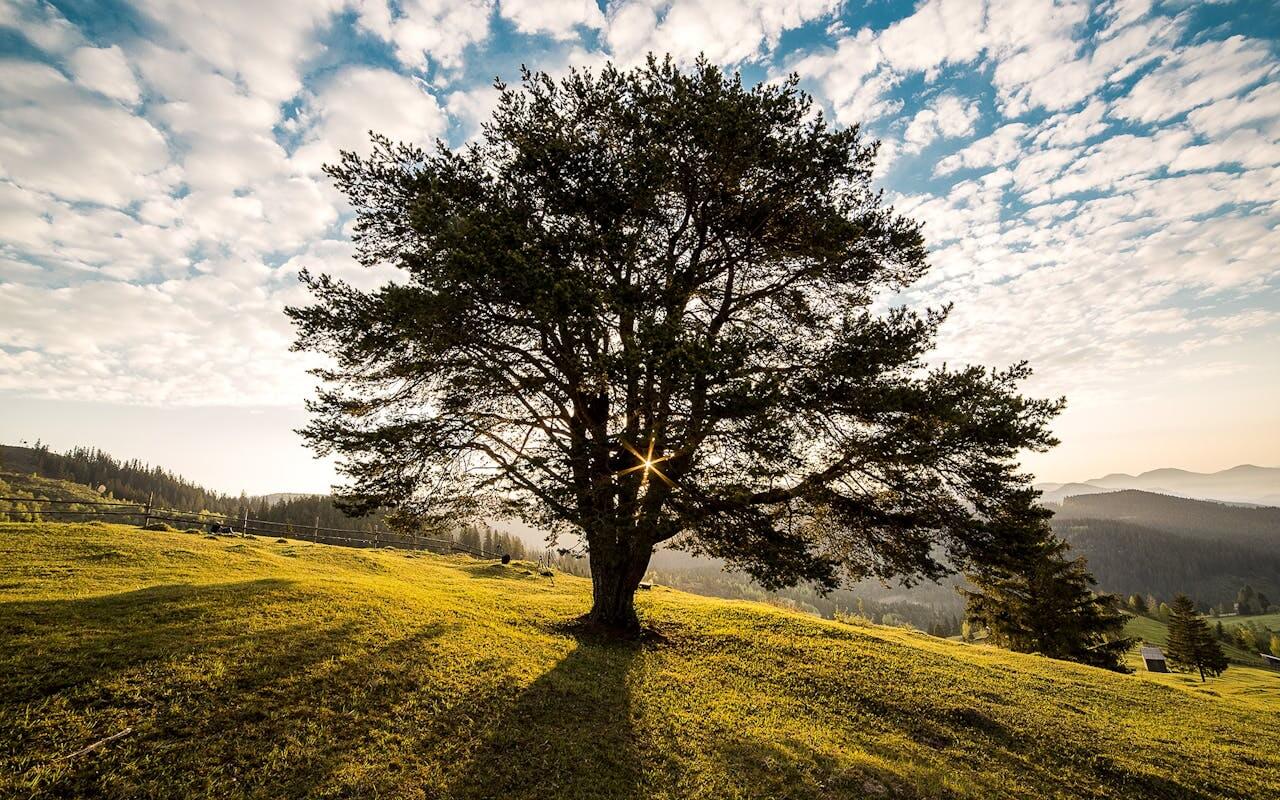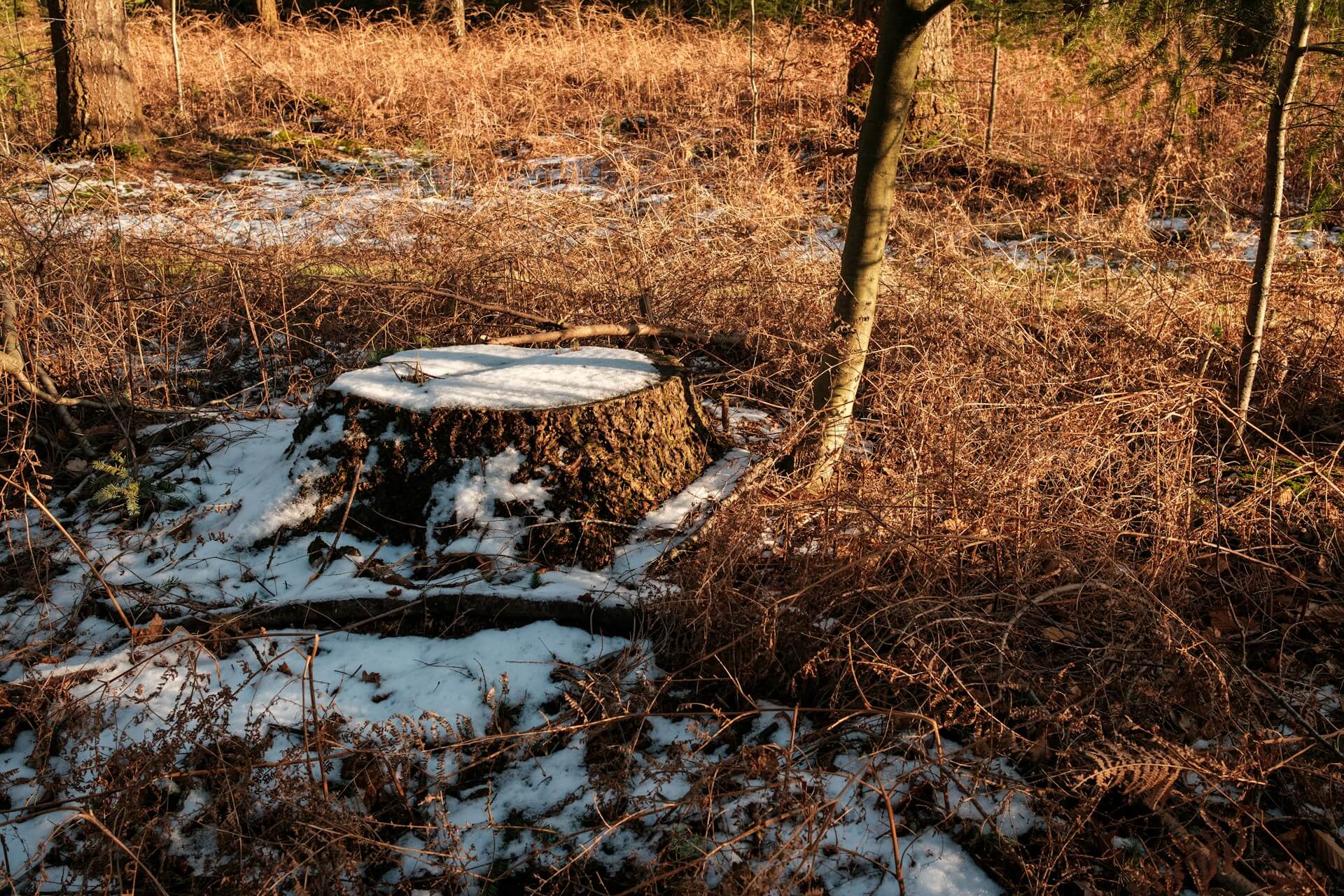Trees are a valuable part of any landscape, offering aesthetic, environmental, and economic benefits. However, whether you’re a homeowner, property developer, or land manager, it’s essential to understand the health, safety, and regulatory status of the trees on your property.
Tree surveys provide a detailed assessment of trees for various purposes, including planning applications, safety assessments, and property development.
In Sunderland, tree surveys are often required to ensure that trees are properly managed, preserved, or safely removed when necessary. This guide will explain what a tree survey involves, the different types of tree surveys available, when you might need one, and how much they cost in Sunderland.
What is a Tree Survey?
A tree survey is a professional assessment of the trees on a property, conducted by a qualified arborist or tree surveyor. The survey records vital information about the trees, such as their species, size, health, and location, as well as any safety concerns or regulatory protections. The survey is then used to inform decisions about tree management, planning, or safety measures.
Tree surveys are often required as part of planning applications or construction projects, but they are also useful for landowners who want to ensure the health and safety of their trees.
Why Do You Need a Tree Survey?
Tree surveys serve several key purposes, depending on the specific needs of the property or project. Here are some common reasons why you might need a tree survey in Sunderland:
1. Planning and Development
If you’re planning a construction project, such as building an extension, developing a new property, or altering the landscape, you may need a tree survey as part of the planning application process. Sunderland City Council and other local authorities often require a tree survey to assess the impact of development on existing trees, especially if they are protected by a Tree Preservation Order (TPO) or located in a conservation area.
The tree survey helps identify which trees can be preserved, which need to be protected during construction, and whether any trees need to be removed.
2. Tree Preservation and Legal Compliance
In the UK, certain trees are protected by law. If a tree on your property is subject to a Tree Preservation Order (TPO) or is located in a conservation area, you are required to obtain permission from the local council before carrying out any work that might affect the tree, such as pruning or removal. A tree survey helps ensure that you comply with local regulations and protect the trees that need preserving.
3. Health and Safety Assessments
Over time, trees can become weakened by disease, age, or environmental factors, making them a potential hazard to people and property. A tree safety survey identifies any risks posed by unhealthy or unstable trees, such as falling branches or structural failure. This type of survey is essential for ensuring the safety of your property, particularly in public spaces or areas near buildings, roads, or walkways.
4. Land and Estate Management
For large estates, parks, or areas with significant tree populations, regular tree surveys are crucial for effective land management. A tree survey provides detailed information about the health and condition of the trees, allowing you to make informed decisions about tree care, maintenance, and preservation.
What Does a Tree Survey Involve?
A tree survey involves a detailed inspection of each tree on the property, carried out by a qualified arborist or tree surveyor. The survey records key information about the trees and their surroundings to provide a comprehensive picture of their health, safety, and any potential risks. Here’s what a typical tree survey includes:
1. Tree Identification
The surveyor will identify each tree’s species and record its size, age, and condition. This information is crucial for understanding the tree’s growth patterns and any specific care requirements.
2. Tree Location
Each tree is mapped based on its exact location on the property. This is particularly important for large sites or development projects, where trees may be close to buildings, roads, or other infrastructure.
3. Health and Structural Assessment
The arborist will assess the overall health of each tree, checking for signs of disease, pest infestations, decay, or structural weaknesses. This includes examining the trunk, branches, leaves, and root system. Trees that are unhealthy or structurally compromised may pose safety risks, especially during storms or high winds.
4. Potential Hazards
The survey will identify any potential hazards associated with the trees, such as dead or broken branches, leaning trunks, or root damage. These risks are highlighted so that appropriate action can be taken to mitigate danger to people or property.
5. Tree Protection Status
The survey will note if any trees are protected by a Tree Preservation Order (TPO) or located in a conservation area. Trees with legal protection require special permission from the local authority before any work can be carried out.
6. Recommendations
Once the survey is complete, the arborist will provide recommendations based on the findings. This may include suggestions for tree preservation, pruning, removal of hazardous trees, or protective measures during construction. The survey may also recommend further inspections or monitoring if any trees are at risk of disease or structural failure.
Types of Tree Surveys
Different types of tree surveys are available depending on the specific needs of your property or project. Here are some of the most common types of tree surveys in Sunderland:
1. Pre-Development Tree Surveys (BS5837 Survey)
A BS5837 tree survey is often required for planning and development projects. It follows the guidelines set out in BS5837:2012, a British Standard that provides recommendations for managing trees in relation to construction. The survey assesses the impact of proposed developments on existing trees and provides recommendations for tree protection or removal.
2. Tree Safety Surveys
A tree safety survey focuses on identifying potential hazards posed by trees on your property. This type of survey is essential for public areas, schools, parks, and private properties where tree failure could cause damage or injury. The survey highlights any risks, such as weak branches or unstable trunks, and recommends actions to improve tree safety.
3. Tree Condition Surveys
A tree condition survey is a health check for your trees. It assesses the overall health, vitality, and structural integrity of the trees and provides recommendations for improving their care and maintenance. This survey is ideal for landowners who want to ensure their trees remain healthy and safe.
4. Tree Preservation Order (TPO) Surveys
If you have trees on your property that are protected by a Tree Preservation Order (TPO) or are located in a conservation area, a TPO survey is required before any work can be carried out. This survey ensures that you comply with local regulations and protect the trees that are legally preserved.
How Much Does a Tree Survey Cost in Sunderland?
The cost of a tree survey in Sunderland depends on several factors, including the size of the property, the number of trees to be surveyed, and the complexity of the survey. Here’s a general breakdown of tree survey costs:
1. Small Properties (1-5 trees)
For smaller properties with only a few trees, a basic tree survey typically costs between £150 and £300. This includes a full inspection of each tree and a written report with recommendations.
2. Medium Properties (6-20 trees)
For medium-sized properties with more trees to inspect, the cost can range from £300 to £600. The survey will include detailed assessments of all the trees and advice on any necessary actions, such as pruning, removal, or preservation.
3. Large Properties (20+ trees)
For large estates, parks, or commercial properties with significant tree populations, the cost of a tree survey can start at £600 and go up depending on the number of trees and the level of detail required. Large-scale surveys may also require mapping and ongoing monitoring services.
Additional Costs
If the tree survey identifies trees that need to be pruned, removed, or treated for disease, these services will incur additional costs. The arborist will provide a separate quote for any work that needs to be carried out based on the survey findings.
Why Hire a Professional for Tree Surveys?
Tree surveys require a trained eye and expert knowledge of tree biology, safety standards, and local regulations. Here’s why you should always hire a professional arborist for your tree survey needs:
- Expertise: A qualified arborist knows how to identify health issues, structural problems, and legal considerations related to trees.
- Safety: Inspecting large or potentially hazardous trees can be dangerous, particularly if they are located near buildings or roads. Professionals have the right equipment and training to conduct tree surveys safely.
- Legal Compliance: For trees protected by TPOs or located in conservation areas, a professional arborist ensures that all work complies with local regulations.
- Accurate Reporting: A professional tree survey provides a comprehensive and accurate report, which is essential for planning applications, construction projects, or land management decisions.
Conclusion: Professional Tree Surveys for Safety and Planning in Sunderland
Whether you need a tree survey for a construction project, safety assessment, or land management, professional tree surveys provide invaluable insights into the health and condition of your trees. At Tree Services Sunderland, we offer expert tree survey services tailored to your specific needs, ensuring that your trees are well-maintained, compliant with regulations, and safe for your property.
If you need a tree survey in Sunderland, contact us today to schedule a consultation with our qualified arborists. We’re here to help you manage your trees effectively and protect the natural beauty of your landscape.
Get A Quick Quote
Please provide your contact details here, and we’ll get back to you shortly with a personalised quote.



